iPhone 13 Mini
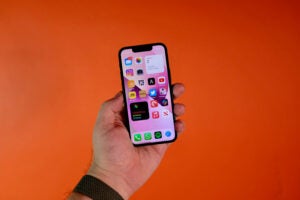

It might be mini in size, but the iPhone 13 Mini excels thanks to an excellent camera, quality display and improved battery life.
Pros
- Great camera
- Better battery life than the previous Mini
- The most powerful small phone around
Cons
- No ProMotion
- No opitcal zoom
- Still can’t compete with the other iPhone 13 models for battery life
Availability
- UKRRP: £679
- USARRP: $699
- EuropeRRP: €809
- CanadaRRP: CA$949
- AustraliaRRP: AU$1199
Key Features
- New camerasApple has brought the camera system (zoom aside) from the 12 Pro Max to the iPhone 13
- Improved batteryBigger cells and a more efficient chipset help endurance
- A15 Bionic chipsetApple’s new silicon ups the performance in many areas
Introduction
The iPhone 13 Mini might be the smallest entry in the brand’s 2021 lineup of phones, but it doesn’t lose too many features when compared to the larger iPhone 13.
You have to commend Apple for continuing to deliver a flagship phone that’s far dinkier than the competition, despite the previous model not being quite the ‘hit’ anticipated.
This time around there are big upgrades to the camera and, most important, battery life. Do they make for a better phone?
Design and screen
- A 20% smaller notch
- Brighter OLED display
- Same IP68 rating and Ceramic Shield as the iPhone 12
The iPhone 13 Mini looks just like the regular iPhone 13 – only noticeably smaller. This is for those people who think most new phones are too big, too heavy and don’t easily fit into a pocket or small bag.
Whether the iPhone 13 Mini size appeals to you will really depend on personal preference. I find it a little too small for much of what I use my phone for – and, if you’re big into mobile gaming, video watching or the like, then the 13 Mini’s form is unlikely to be for you. On the other hand, if you want a phone that can easily slip in a pocket and be held in one hand then the iPhone 13 Mini is the best phone around.
My colleague Tom has been using the 12 Mini since its release and he said it has changed how he uses phones in general. The smaller size makes it easier to pull out on busy public transport and encourages him to take more pictures. This really is a phone you need to try out to see whether it suits.
In terms of actual size, then, it’s similar to the iPhone SE 2 and iPhone 8. But, of course, the larger display does enable you to cram a lot more on the screen. If you’re coming from an iPhone 8 or older, you’ll feel at home.
Size aside, the design mirrors that of the larger iPhone 13 – Apple shifted heavily from its curved look with the iPhone 12, so it’s no surprise to see the design carried forward for a second year. The phone has matte aluminium sides that are flat, very much like the iPhone 5 or original iPhone SE, while the back is glass.
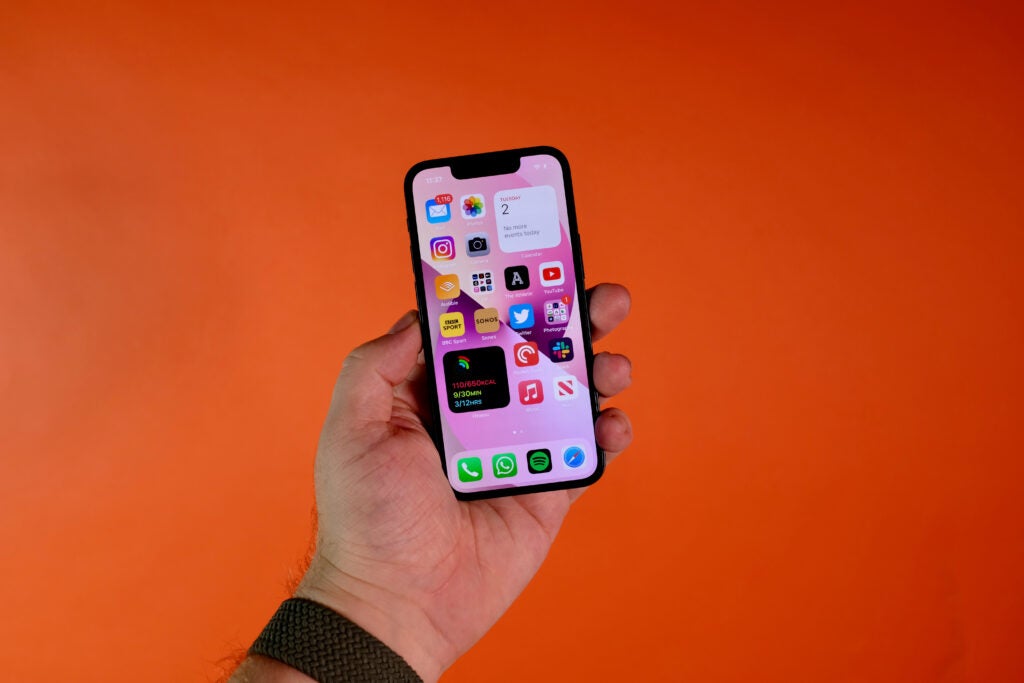
There are three obvious changes to the design visible here over the iPhone 12 Mini. First is the larger, more prominent camera module that houses the new (and vastly improved) dual camera on the back. It’s bigger, but the benefits are clear when you start shooting. The other notable change is on the display, where the size of the notch has been reduced by around 20%. The notch feels the most egregious on the Mini phones, since it takes up more space. The smaller size is therefore welcome, but I can’t see it changing anyone’s overall opinion of the notch.
Considering Apple has added a notch on the latest MacBook Pros, I really can’t see their removal from phones anytime soon. It feels now more like a design trait of these products, and while there might be an iPhone 14 without a notch, I think the cheaper devices will stick with it for a few more years.
The final change is the new range of colours in which the iPhone 13 Mini is available. Starlight feels like the headline hue, adding a hint of gold to a silver body. There’s a very deep Product(RED) model, too.
Joining those colours is Midnight, a very dark blue that looks almost black (it’s the one you’ll see pictured in this review), plus a lighter blue and light pink. This isn’t quite the standout selection of colours we’ve seen recently; I’m disappointed that there’s no minty green or purple option – both of which I really liked on the iPhone 12 series. Still, it’s a decent selection of colours and it’s nice to see so much variety on offer.
Apple calls the glass covering on both the front and back of the device ‘Ceramic Shield’, and after using an iPhone 12 for a year now, it’s certainly fair to say it’s more rugged than it looks. You’ll likely add a case and screen protector on the phone anyway, but it’s always welcome to know it’s fairly durable without – as long as you’re careful. The iPhone 13 Mini also comes with an IP68 water-resistance rating.
Where the iPhone 13 and 13 Mini diverge from the Pro series is with their display. While all models use the OLED tech for deep blacks and high contrast, the cheaper duo ditch the ProMotion adaptive refresh rate tech for the standard 60Hz panel that’s been present on every previous iPhone.
A faster 120Hz is something that’s hard to switch away from once you’ve spent time with it. Scrolling, swiping and gaming all feel super-smooth; it just makes animations and movements so much faster. But the iPhone 13 Mini has one of the better 60Hz screens I have tested, so it’s still perfectly adequate.
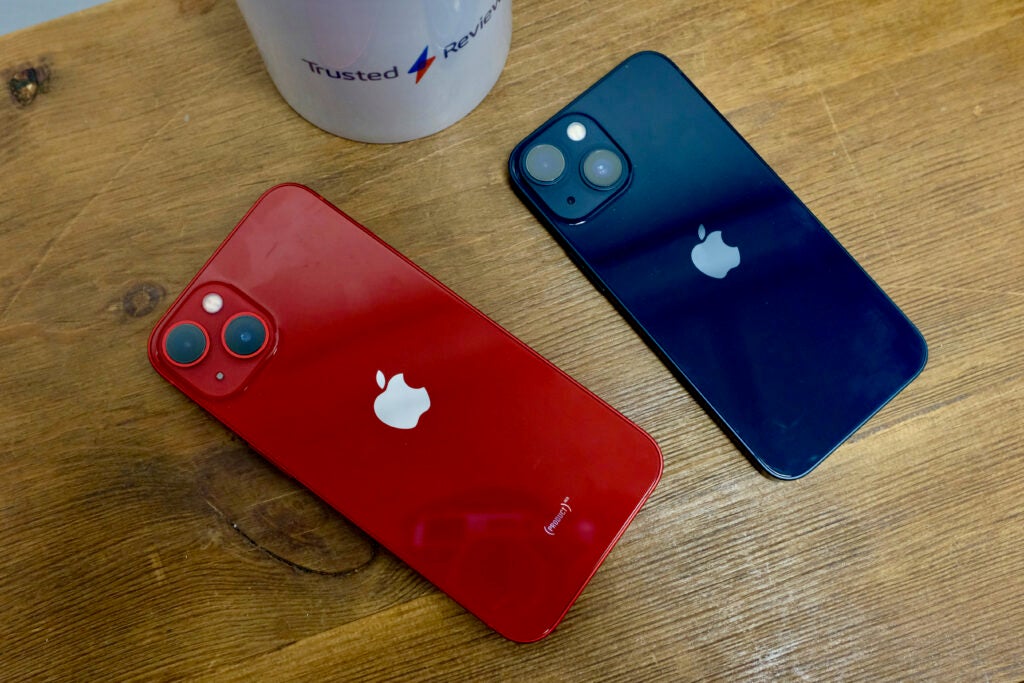
Refresh rate aside, the rest of the screen is great. At 5.4 inches it’s relatively dinky, so isn’t really ideal for gaming or movie streaming. But if you do try your hand at both, the results are great, thanks to the high levels of brightness in HDR video streaming.
Camera
- A duo of new 12-megapixel sensors
- New diagonal orientation
- Focus on video with a new Cinematic mode
The iPhone 13 Mini might very well have the finest camera of this size I’ve ever used.
The main camera sensor here offers a significant upgrade in terms of size, with larger pixels and a faster lens, both of which allow far more light to hit the sensor. This is paired with a 12-megapixel ultra-wide, with a 120-degree field of view.
The main sensor also benefits from the same sensor-shift stabilisation first introduced in last year’s iPhone 12 Pro Max. It’s certainly impressive that the tech from a phone that cost upwards of £1000/$1000 is available, just a year later, in a model costing nearly half that.
The biggest improvements are felt when the light is low, either outdoors or in dimly lit bars and restaurants. The iPhone 13 Mini doesn’t force itself into the dedicated low-light Night mode as much, turning instead to that bigger sensor and its natural skills. Photos taken at night retain much of the detail from the day, with minimal noise and fantastically accurate exposure.


In easier conditions, such as well-lit environments, the pictures pop with detail and a lovely natural finish. They’re on par with those captured by the Pixel 6 and, for my tastes, are a step ahead of those taken with the Samsung Galaxy S21 series – even the Ultra.
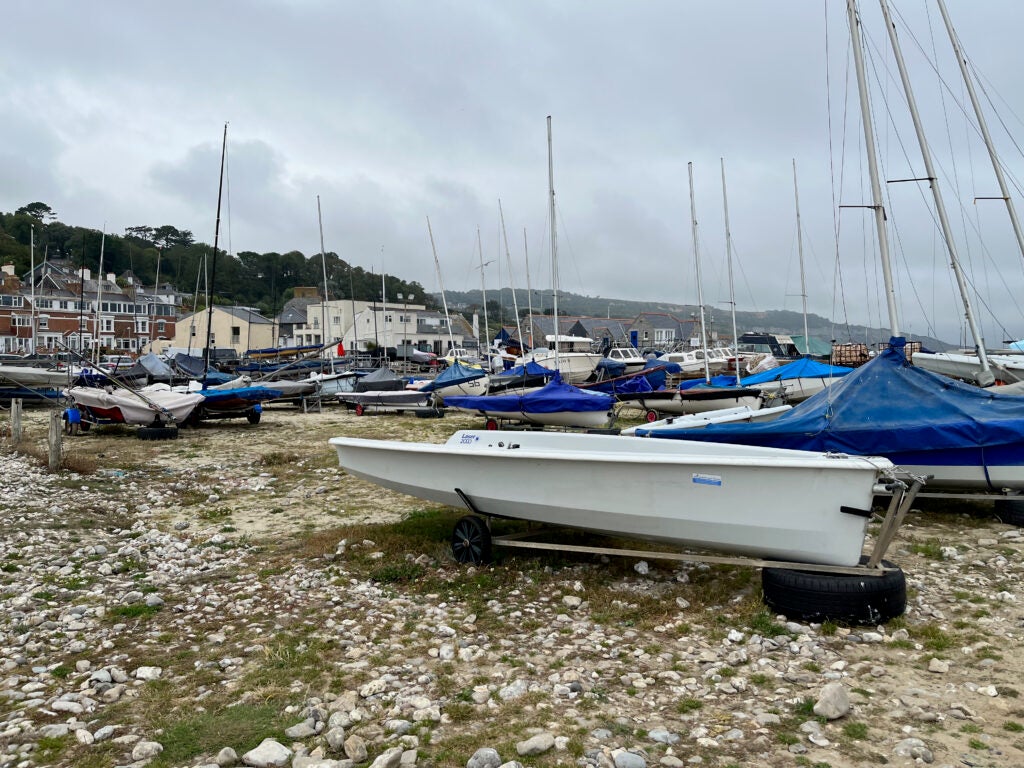

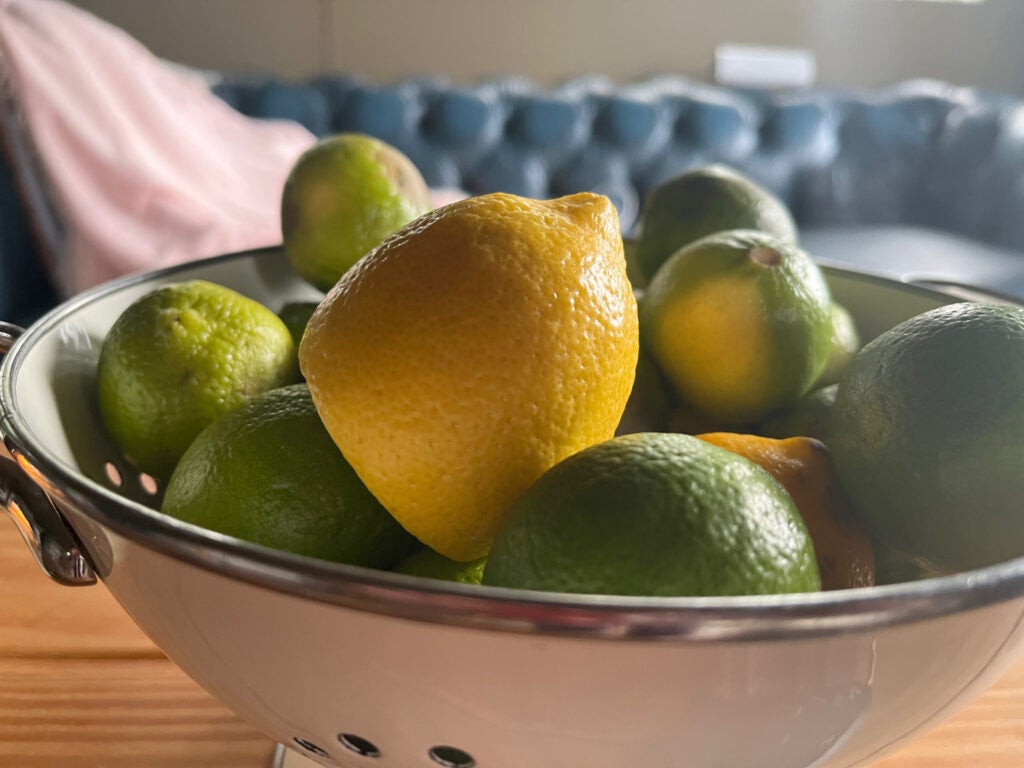
If you want to tweak the look of snaps, the new Photography Styles provides more control than I’ve ever seen on an iPhone. There are distinct styles for vibrancy and rich contrast, along with options for making snaps warmer or cooler.
Rich contrast, for example, pulls out more of the highlights and shadows, giving images a look that isn’t too dissimilar to those taken on the Pixel 6. These styles aren’t just filters, they’re deeper than that – and, as a result, you can’t remove them once the image has been snapped with them.
Ultra-wide snaps are great, too, and I still love the versatility this camera brings. However, what could do with an update is the front camera, which hasn’t received much in the way of love for a few years. Selfies are fine, but they’re a little short on detail – and the colours don’t quite pack the punch of images shot with the rear cameras.
What the camera is missing is any sort of optical zoom, with that third sensor reserved for the Pro models. The digital zoom pales in comparison to the Pixel 6, and I rarely found myself using it.
Video remains a strong point, and if you’re keen on picking up a phone to capture footage then the iPhone 13 series is, simply put, the best there is. Video is well stabilised, with natural colours and plenty of options for frame rate and resolution. Cinematic mode brings across the Portrait mode from the stills camera, just with less effectiveness. You can record Cinematic mode in HDR Dolby Vision up to 1080p at 30fps, far lower than the 4K 60fps maximum in the standard video modes.
Performance
- A15 Bionic powers the phone
- Wider 5G band support
- 4GB of RAM, 128GB base storage
What makes the iPhone 13 Mini such a unique device is that it doesn’t sacrifice performance to reach its dinky size.
At the heart of the device you’ll find the same A15 Bionic chipset as not only the iPhone 13, but the iPhone 13 Pro Max – and this leads to exceptional speed in every task. Inside the chip is a six-core CPU, four-core GPU and a 16-core neural engine for AI tasks. The base storage now sits at 128GB, double the 64GB of the 12 Mini.
Simply claiming the A15 Bionic spits out good benchmark scores and performs well day-to-day is underplaying it and the majority of modern silicon. Like the Pixel 6 and its Tensor SoC (system-on-chip), the application is more notable in the areas of camera processing, machine learning and AI.
The A15 Bionic powers the Cinematic mode with its focus racking and constantly changing blur effects, alongside the ridiculously useful Live Text feature, which can pull addresses and phone numbers from your photo library.
It also makes its presence felt in gaming, comfortably handling all the big titles at maximum settings. I’ve been churning through a number of Apple Arcade titles during the review period, and while the screen isn’t the ideal size for gaming, everything performs fantastically well.
There’s a wider selection of 5G bands thanks to a new 5G modem. USA versions of the phone also support mmWave 5G – a faster version of the tech that only properly works when you’re very close to the masts. mmWave isn’t available in the UK, nor many other regions yet, so the tech is simply just missing from these iPhone models.
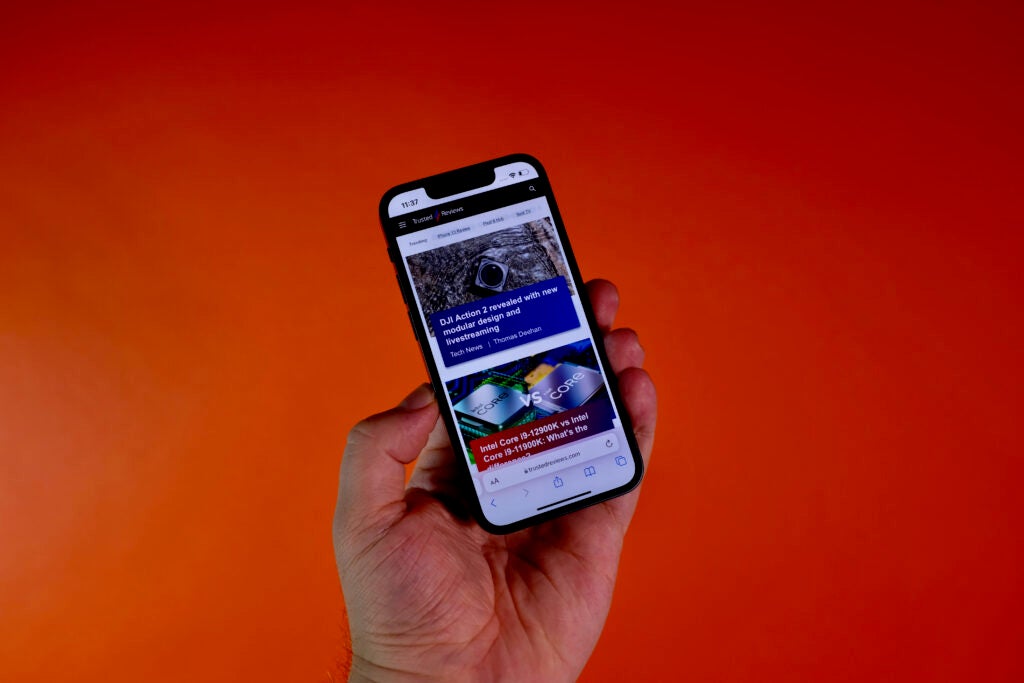
Battery life
- Big improvements over the iPhone 12 Mini
- No charger included in the box
- Wireless MagSafe and Qi charging also supported
If there was one major criticism I had with the iPhone 12 Mini, it was battery life. Endurance was pretty weak; I often barely made it through a working day without having to reach for a charger.
Thankfully, that’s no longer the case here – although the iPhone 13 Mini still ranks as the worst iPhone 13 model for battery life.
The best way to describe the battery life here is that it lasts just about as long as the regular-sized iPhone 12 from 2020. I’ve been wanting to properly test this battery, and during my month of using the phone every day, in the main it has just about seen me through to bedtime – although it’s cutting it fine, close to 3-4% by the time I plug it in. That’s a couple of extra hours of use per day over the iPhone 12 Mini.
This is a welcome improvement; however, with all iPhone models receiving significant battery boosts this year, the Mini remains the only one to not make it into a second day of use. For most people this will be absolutely fine – but if you’d like to be in a position where you don’t have to worry about battery life then you might be better opting for the slightly bigger, but still comparatively small, iPhone 13.
In a more controlled test, the iPhone 13 Mini only just lags behind its larger sibling. An hour of HDR Netflix at 100% brightness took the regular iPhone 13 down 9%, while the same test on the Mini took it down 10%.
Charging speeds will depend on the type of charger you’re using. The iPhone 13 Mini supports up to 20W fast wired charging, and using one of these you’ll get to around 50% in half an hour. You don’t get a charger in the box, though, and I’d recommend picking up a 20W capable USB-C plug since using an older iPhone 5W charger will take a long time to get to 100%.
Latest deals
Should you buy it?
You want a small phone The biggest reason to choose the iPhone 13 Mini over the regular iPhone 13 is the size. If you want the smallest, most powerful phone going, this is the one.
You’re after an iPhone with the best battery life While there have been some excellent improvements to the endurance here, this still remains the iPhone 13 with the worst endurance.
Final thoughts
Small, powerful and no longer let down by meagre battery life, the iPhone 13 Mini retains the size that made the previous iteration standout but fixes the major issue we had with it – endurance.
There isn’t really another phone like it on the market, with the best small Android phone – the Asus ZenFone 8 – still coming in far larger.
How we test
We test every mobile phone we review thoroughly. We use industry standard tests to compare features properly and we use the phone as our main device over the review period. We’ll always tell you what we find and we never, ever, accept money to review a product.
Used as our main handset during test period
Camera tested in variety of situations with all modes
Tested with synthetic benchmarks and real world use
FAQs
Nope, ProMotion is only for the iPhone 13 Pro and Pro Max.
There’s a cable in the box, but no charging plug.
The iPhone 13 Mini comes in 128GB, 256GB and 512GB flavours.
Trusted Reviews test data
Full specs
Here are all the major specs for all the iPhone 13 models so you can compare the lot.
The post iPhone 13 Mini appeared first on Trusted Reviews.
Source Trusted Reviews ,Home Appliances Reviews


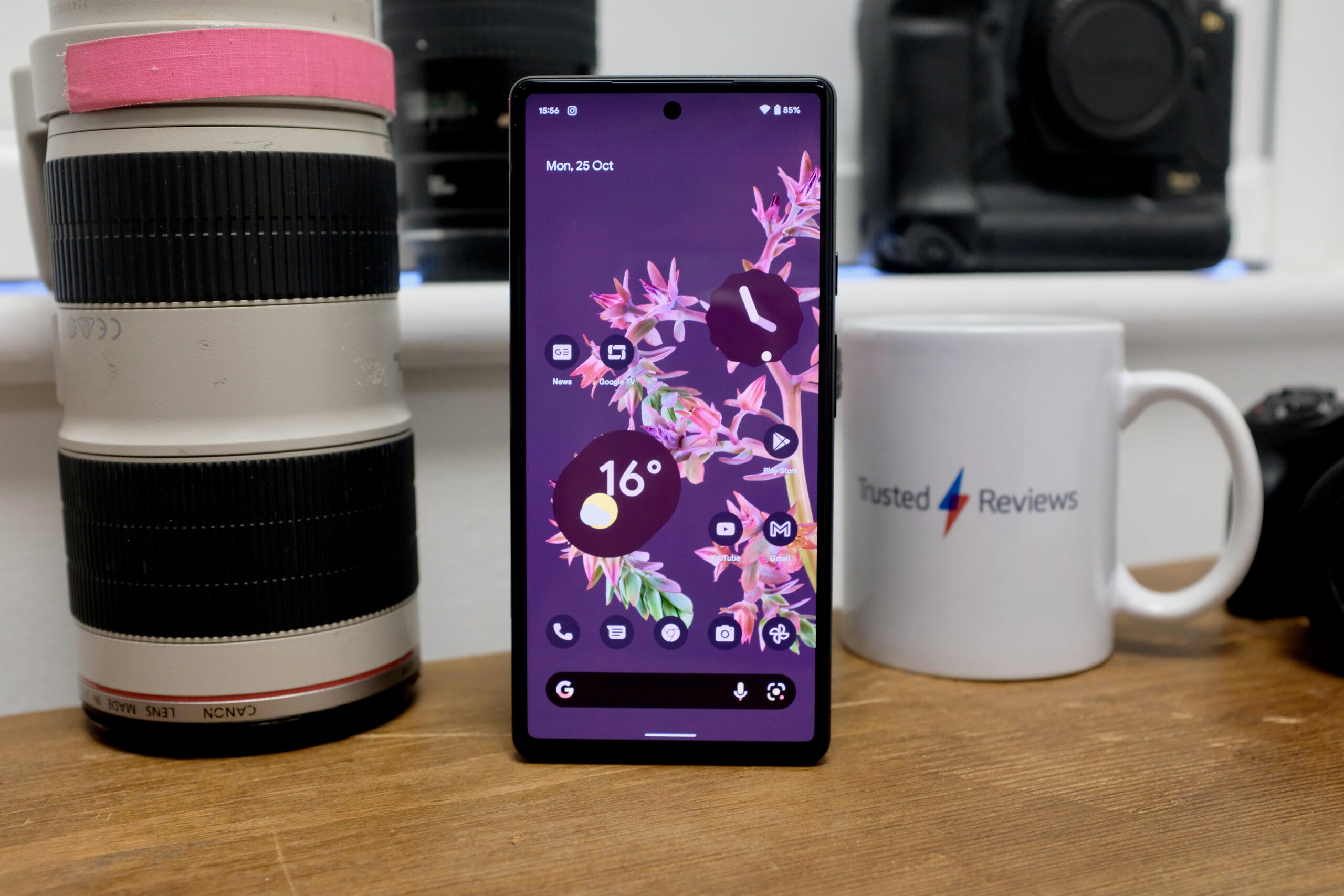
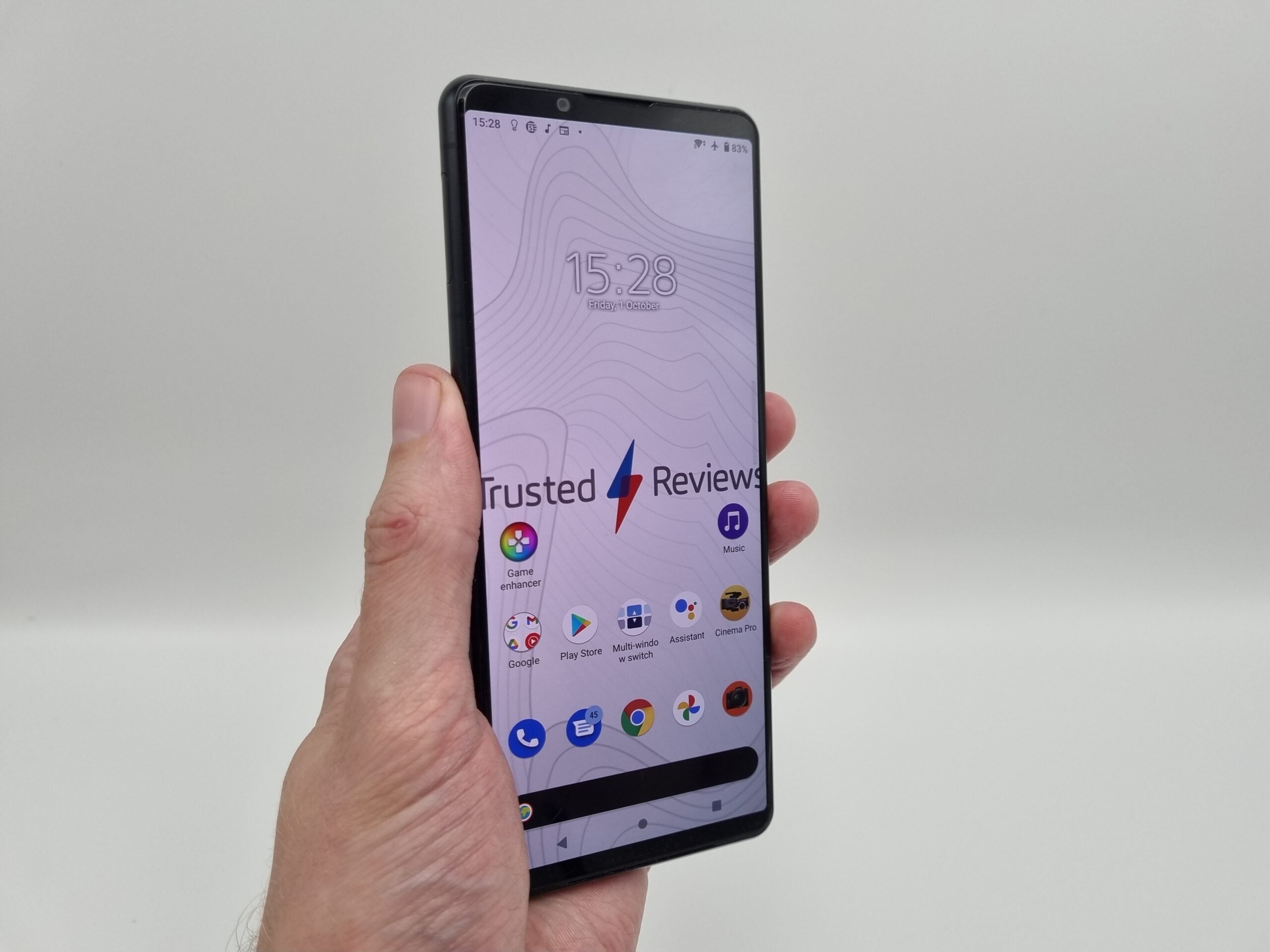
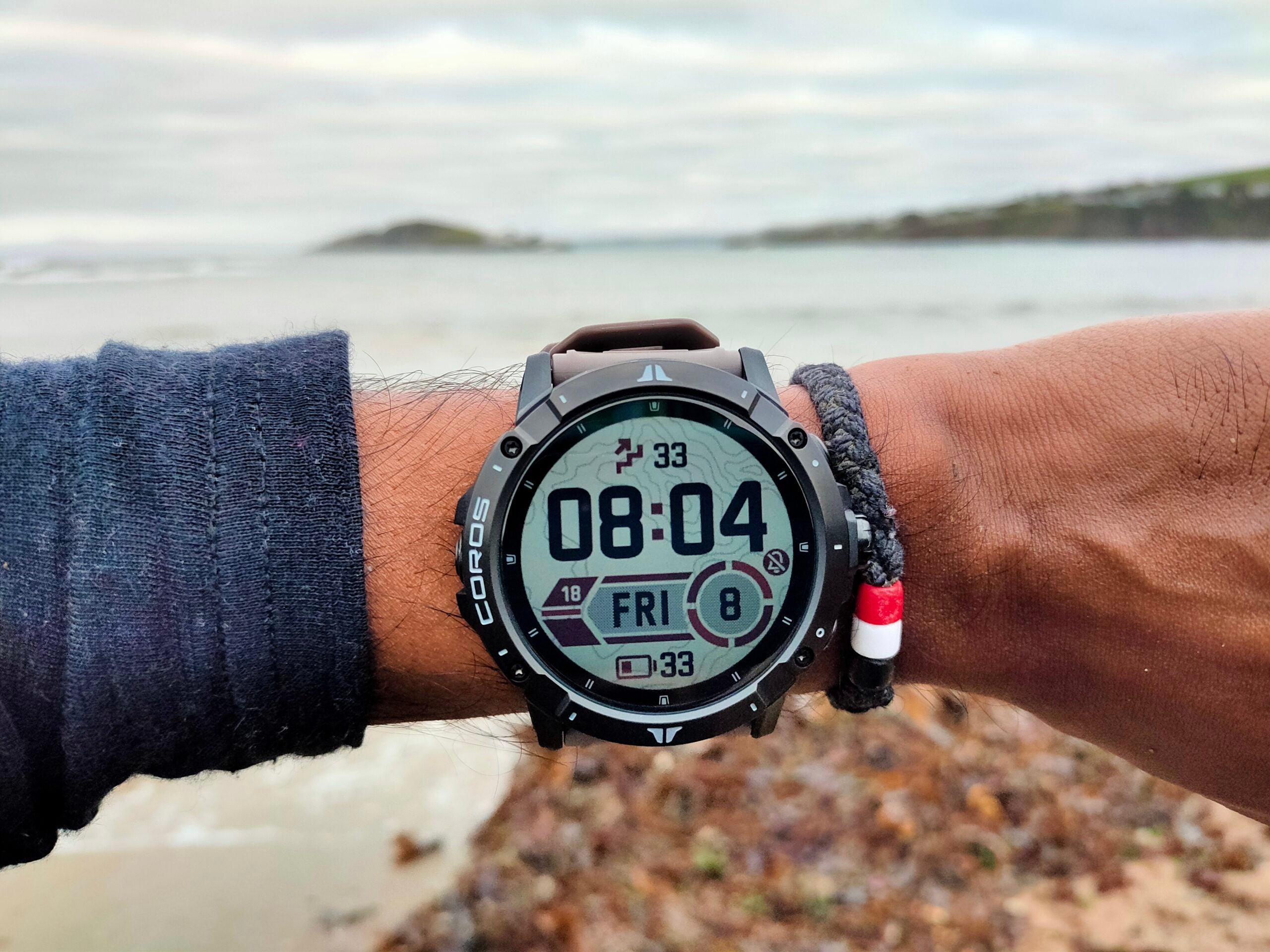
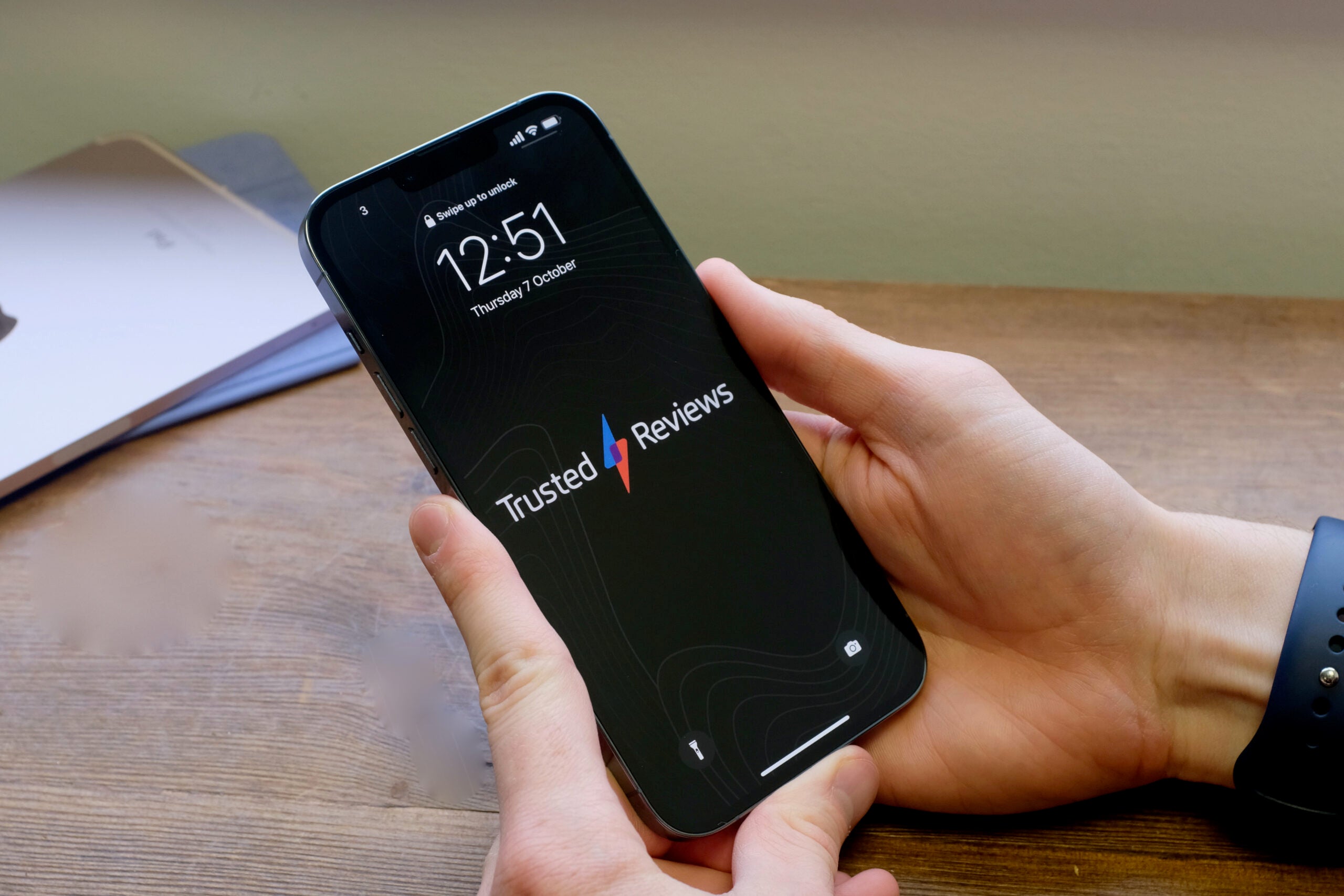
No comments